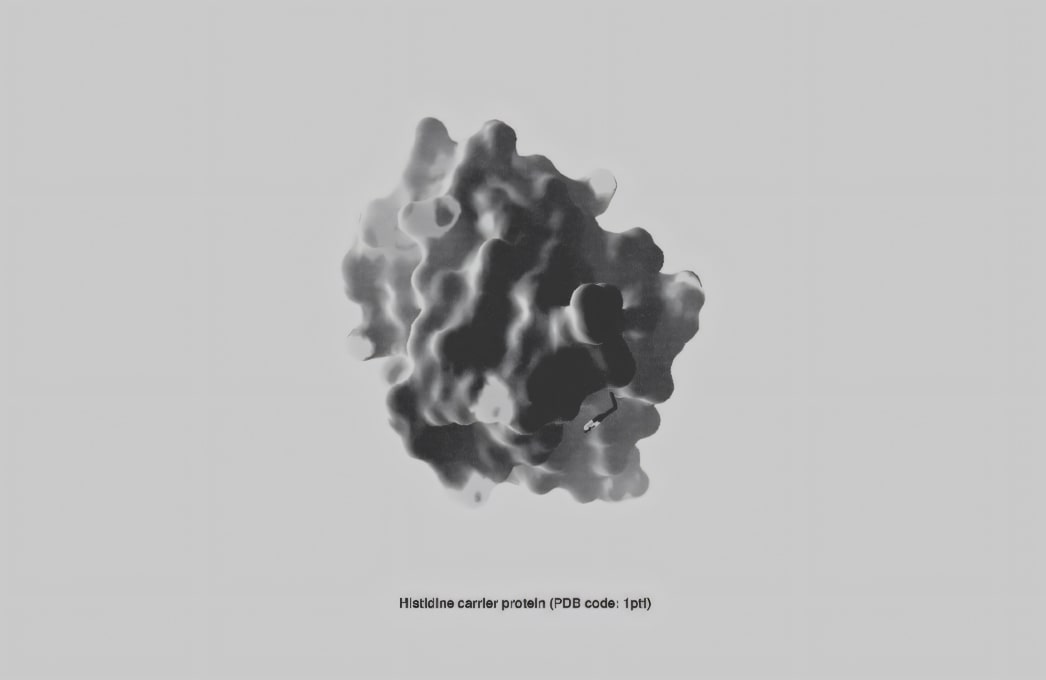Autism Spectrum Disorder (ASD) is a complex neurodevelopmental condition characterized by challenges in social interaction, communication, and repetitive behaviors. Despite significant research efforts, effective treatments for ASD remain limited, largely due to the disorder's heterogeneous nature and multifactorial etiology.
Often drug discovery approaches have fallen short in addressing the diverse symptoms and underlying biological mechanisms of ASD. In this context, the BpsA carrier protein and 4'-phosphopantetheinyl transferases (PPTases) present a promising opportunity for novel therapeutic development. BpsA is a multifunctional enzyme involved in the biosynthesis of secondary metabolites, such as antibiotics, through the activation by PPTases.
These enzymes catalyze the transfer of the 4'-phosphopantetheine moiety from coenzyme A to specific serine residues on carrier proteins, converting them from their inactive apo-form to their active holo-form. While through directing evolution we can engineer protein, mimicing natural selection demands for sophisticated screening in order to evolve proteins or nucleic acids.Applying directed evolution to the BpsA carrier protein domain, we aim to enhance its activation by non-cognate PPTases, potentially leading to the discovery of new bioactive compounds with therapeutic relevance to ASD.
The chemical changes resulting from directed evolution can extend beyond the primary structure of the synthesized compounds. The introduction of new functional groups or the modification of existing ones can lead to the generation of structurally diverse derivatives. The evolved BpsA variants may interact with tailoring enzymes, such as oxidoreductases, methyltransferases, or glycosyltransferases, in novel ways. Enzyme modifications are practical. This method can result in the production of compounds with modified functional groups, altered oxidation states, or the addition of sugar moieties.
While semisynthetic derivatization often proves key in order to develop our new drug, the novel compounds produced through the action of evolved BpsA can serve as starting points for extensive chemical modifications. These derivatization techniques, such as selective protection, deprotection, or functional group interconversions, can generate libraries of structurally diverse analogs.
In turn, evolved BpsA variants could enable the production of new intermediates that can be again transformed by biocatalytic enzymes. These enzymes, such as oxidases, reductases, or hydrolases, can introduce additional chemical modifications, expanding the structural diversity of the final products.Exploring new chemical spaces we leverage the full power of directed evolution and maybe discover novel bioactive compounds with therapeutic relevance for ASD and , perhaps,other conditions. The chemical changes and new chemistry arising from the engineered BpsA variants can provide a rich source of lead compounds for drug discovery efforts, offering new opportunities for the development of sophisticated treatments.
In this article, we will explore the options we have, engineering such a new drug, we will focus mostly around molecular action and directed evolution technique, while delivering proper analysis regarding our BpsA variants.
© All rights reserved. Do not distribute. (Article: Directed Evolution of the BpsA Carrier Protein Domain for Enhanced Activation by Non-Cognate 4'-Phosphopantetheinyl Transferases Implications for ASD Drug Discovery)
